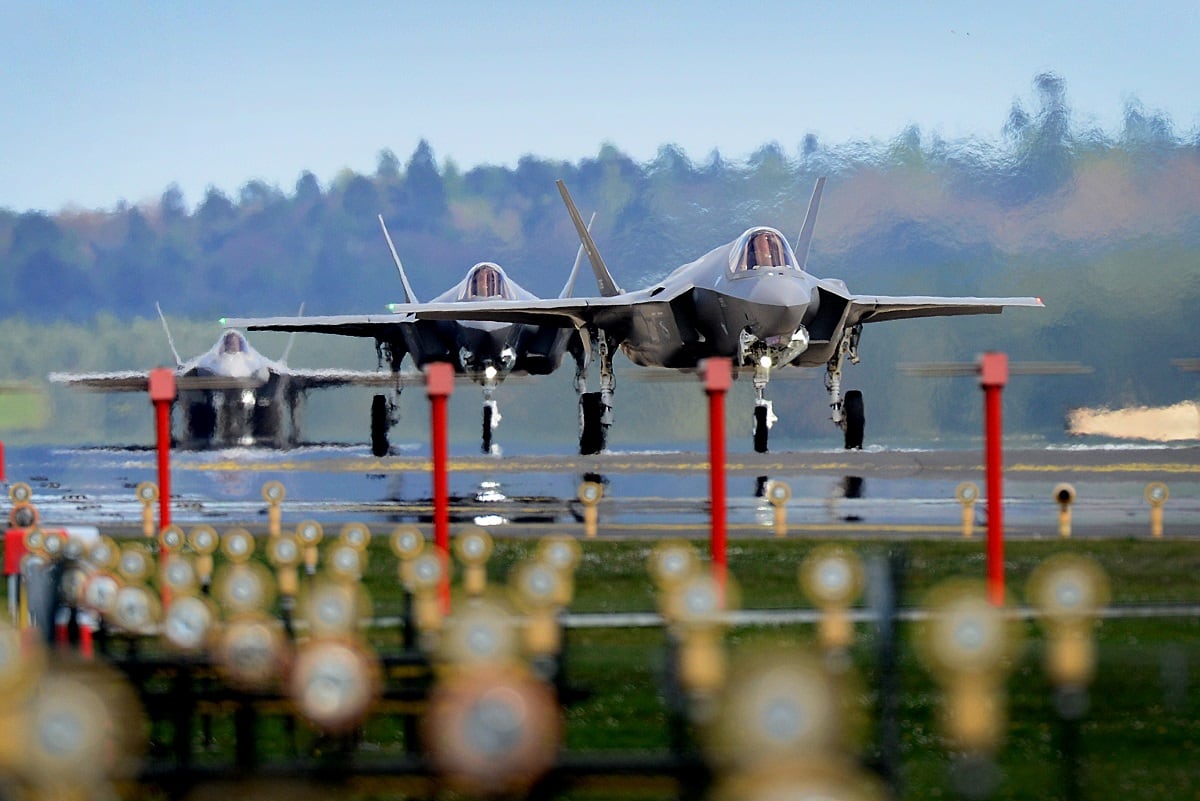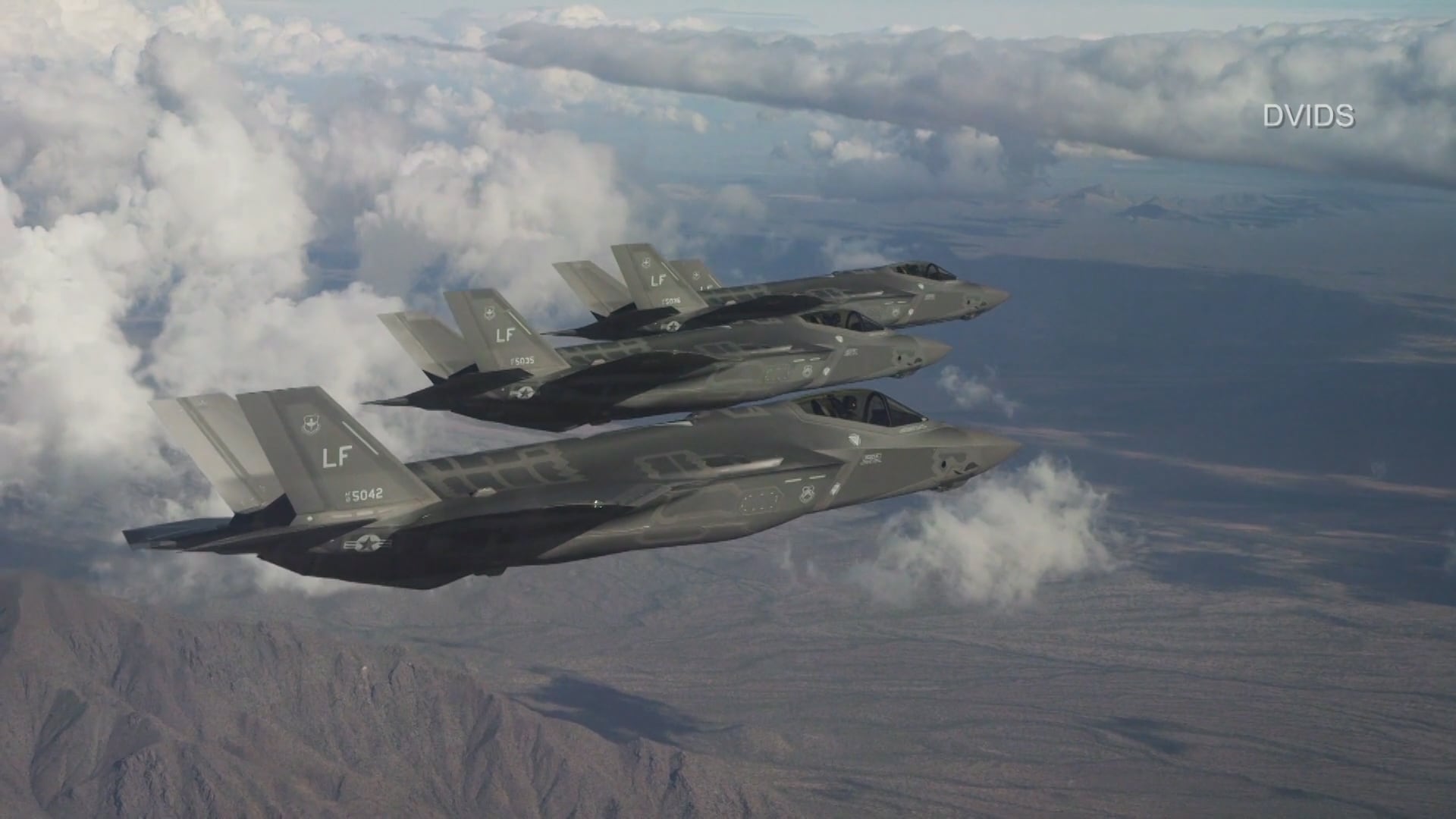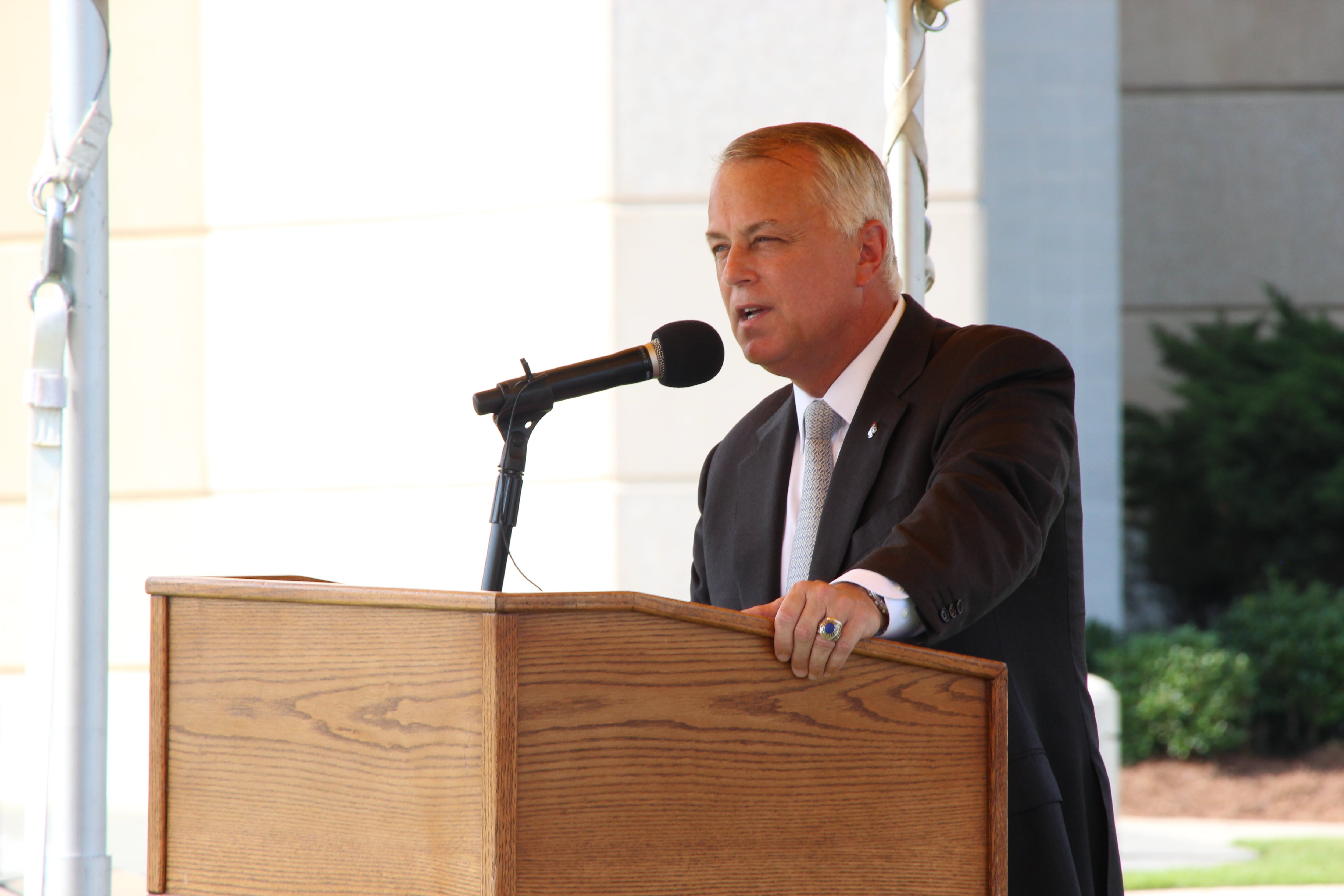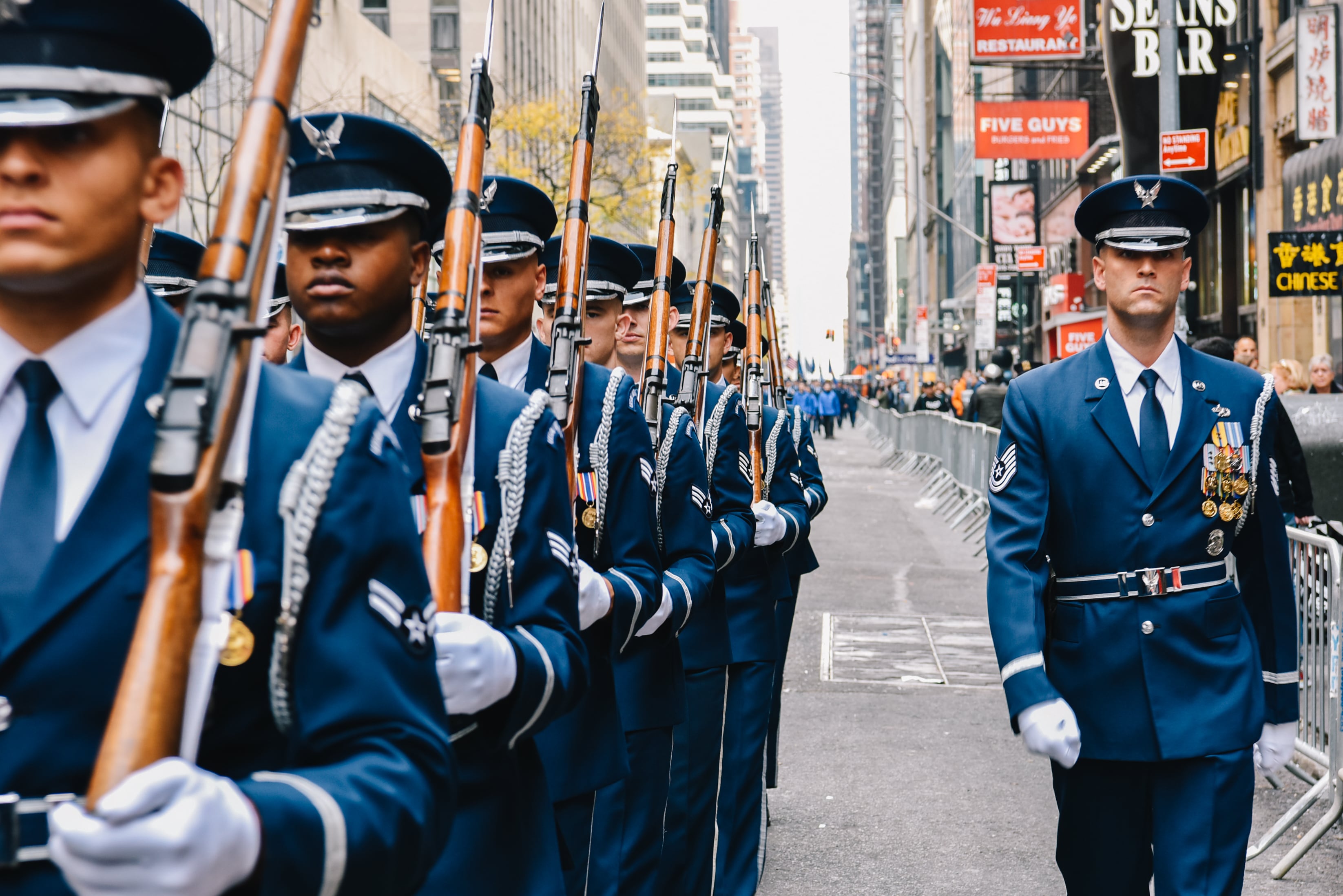WASHINGTON — The F-35 Joint Program Office temporarily has halted flight operations for a number of F-35s with higher flight hours after finding two new parts that will require inspection on older models of the jets.
A spokesman for the F-35 JPO, who confirmed the issue exclusively to Defense News and Marine Corps Times, declined to detail exactly how many jets may possibly be grounded as a result of the inspections. However, one source close to the program said that only a couple dozen F-35Bs meet the criteria where an operational pause would be necessary.
“The joint government and industry technical team has completed their assessment of the fuel supply tubes within the Pratt & Whitney engine on F-35 aircraft,” the F-35 Joint Program Office announced in a statement. “In addition to the previously identified failed tube, the analysis has identified two additional fuel supply tubes that require inspection.”
Some of the older engines with higher flight hours may require additional fuel tube replacements.
RELATED

“While the two additional fuel tubes have not failed, engineering data collected during the ongoing investigation established the requirement for a time-phased inspection based on engine flight hours,” the Joint Program Office said in an emailed statement. “The procedure to inspect and replace can be done by flightline maintenance without removing the engine.”
F-35s that have not reached the “inspection requirements” are continuing normal flight operations, according to the Joint Program Office.
A source close to the program said the two additional tubes currently being inspected are made by the same supplier and using the same method as the initial tube that was found to be faulty and resulted in a fleetwide grounding this month.
RELATED

Because the Marine Corps' F-35B short takeoff and vertical landing jets are subject to different stresses than the other models, only B models that have reached a certain number of flight hours will be grounded for inspections. F-35A conventional takeoff and landing aircraft and F-35C carrier takeoff and landing jets, however, will have tubes replaced as part of normal phased maintenance.
The Marine Corps air station out of Beaufort, South Carolina, told Marine Corps Times that its F-35Bs are cleared to fly.
“We are conducting our inspections of all our aircraft, per the JPO statement,” Lt. Sam Stephenson, a Marine spokesperson for the 2nd Marine Aircraft Wing, said in an emailed statement.
There are also F-35Bs embarked with the 13th Marine Expeditionary Unit, or MEU, aboard the Wasp-class amphibious assault ship Essex.
The 13th MEU is currently operating in the U.S. Central Command area of operations.
Lockheed Martin, the prime contractor for the F-35 air vehicle, referred questions to the JPO and to Pratt & Whitney.
“We’re continuing to work with Pratt and Whitney, the F-35 Joint Program Office, the U.S. Services and our international customers to minimize impact to the fleet," the company said in a statement. "Pratt and Whitney builds the F135 engine and contracts directly with the F-35 Joint Program Office — and they can best address technical questions related to the engine.”
On Oct. 11, the Pentagon announced it had temporarily grounded its entire fleet of F-35s due to a suspected issue with a fuel tube. The grounding was driven by findings from the first F-35B crash near Beaufort on Sept. 28.
The pilot in that incident safely ejected from the aircraft.
Shawn Snow is the senior reporter for Marine Corps Times and a Marine Corps veteran.
Valerie Insinna is Defense News' air warfare reporter. She previously worked the Navy/congressional beats for Defense Daily, which followed almost three years as a staff writer for National Defense Magazine. Prior to that, she worked as an editorial assistant for the Tokyo Shimbun’s Washington bureau.





